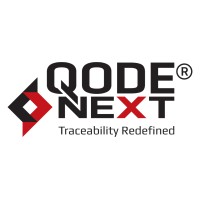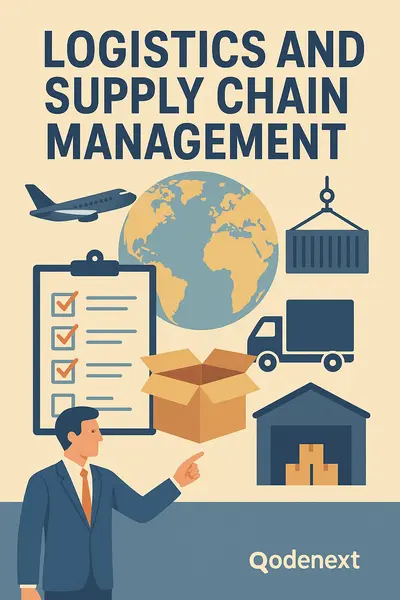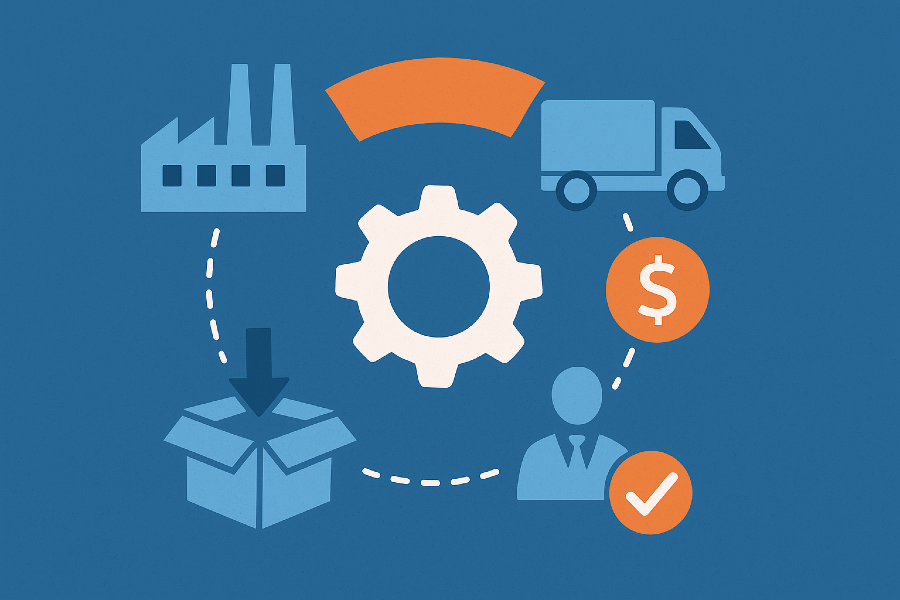
Introduction
Every store owner knows that seasonal demand is like a rollercoaster — one month, things fly off the shelves, and the next, sales slow to a crawl.
The key to staying profitable is not only being able to predict those swings but also mastering seasonal demand by using strategies that align stock, operations, and marketing.
In this post, you’ll learn what seasonal demand is, why it matters, and seven practical tips you can apply immediately. You’ll also find real-life examples and a FAQ section at the end — based on real Google search trends.
1. What Is Seasonal Demand and Why It Matters
Seasonal demand is when customers’ interest or buying habits change in a predictable pattern — usually every month, quarter, or year.
Why It’s Important
- Helps prevent stockouts during busy times
- Reduces overstock during slow periods
- Improves inventory, staffing, and marketing efficiency
Smart retailers use it to turn predictable shopping cycles into profit opportunities.
2. Common Types of Seasonal Demand
Here are four common types of seasonal demand you’ll see across industries:
2.1 Holiday-Driven Spikes
Demand increases around major holidays like Christmas, Diwali, or Valentine’s Day.
2.2 Weather-Based Demand
Products like jackets, fans, and air conditioners see seasonal spikes based on temperature changes.
2.3 Event-Based Demand
Events such as sports tournaments, school openings, or cultural festivals cause short-lived demand surges.
2.4 Cultural and Regional Cycles
Local holidays, harvests, and traditions drive region-specific seasonal sales.
👉 Example: Nearly 25% of annual retail sales in the U.S. happen between November and December during the holiday shopping season (Investopedia).
3. Challenges in Predicting Seasonal Demand
Forecasting isn’t as simple as it looks. Below are key challenges retailers face:
3.1 Patterns That Don’t Repeat Exactly
Consumer behavior, weather, and holiday timing vary each year.
3.2 Limited Historical Data
New products or regions may lack past sales data, leading to guesswork.
3.3 Hidden Sub-Seasonality
Some items have small “micro seasons” within larger ones (e.g., winter coats in November vs. January).
3.4 Supply Chain Limitations
Long lead times and supplier issues can disrupt even accurate forecasts.
3.5 Over- or Underestimation
Too much inventory causes markdowns; too little leads to stockouts and lost sales.
💡 Tip: Use AI-powered forecasting tools that combine historical data, trends, and real-time signals to boost accuracy.
4. Strategy 1: Use Historical Data and Trend Analysis
Looking at the past helps you predict the future.
Best Practices
- Adjust for inflation and growth trends annually.
- Exclude outlier years (like pandemic periods).
- Use moving averages to remove data noise.
- Overlay trend lines with holiday or event calendars.
By blending historical and current data, you can create more reliable forecasts.
5. Strategy 2: Segment Products by Seasonal Strength
Not all products react the same way to seasonal demand. Categorizing them helps optimize inventory.
| Category | Example | Strategy |
|---|---|---|
| High Seasonality | Holiday décor, swimwear | Aggressive forecasting and higher stock buffers |
| Moderate Seasonality | Jackets, umbrellas | Balanced forecasting and moderate buffers |
| Evergreen Items | Stationery, essentials | Maintain steady, low-risk inventory |
This method ensures resources are spent wisely and efficiently.
6. Strategy 3: Build Flexible Buffers and Safety Stock
Since no forecast is perfect, maintaining smart safety stock is essential.
Tips for Managing Safety Stock
- Set buffers based on forecast variability.
- Increase buffer size closer to the peak season.
- Shift stock dynamically between warehouses.
- Combine “just-in-time” with small safety margins for flexibility.
These buffers provide breathing room without excessive capital lockup.
7. Strategy 4: Implement Dynamic Pricing and Promotions
Control demand flow using dynamic pricing strategies:
- Offer discounts during slow months (e.g., BOGO, pre-season deals).
- Add surcharges or premium pricing during high demand.
- Study price sensitivity to avoid unnecessary markdowns.
Strategic pricing helps maintain sales balance throughout the year.
8. Strategy 5: Strengthen Supply Chain and Logistics Planning
Your logistics system should move as fast as your sales curve.
How to Prepare
- Sign flexible supplier contracts with capacity clauses.
- Use regional warehouses to reduce delivery time.
- Scale up transportation and workforce before busy seasons.
- Apply real-time demand sensing to relocate inventory dynamically.
Well-prepared logistics equal faster delivery and happier customers.
9. Strategy 6: Invest in Forecasting and Demand Tools
Technology can make or break your seasonal strategy.
Features to Look For
- AI & ML-based time-series models
- Demand sensing and real-time dashboards
- Scenario-based “what-if” simulations
- Automatic inventory restocking
Tools like ERP and demand planning software help reduce manual errors and improve responsiveness.
10. Strategy 7: Review, Reflect, and Improve
Once the season ends, analyze what worked and what didn’t.
Post-Season Analysis Checklist
- Compare forecast vs. actual results.
- Identify underperforming SKUs and root causes.
- Update models and assumptions for next cycle.
- Apply Lean and Kaizen to reduce waste and improve flow.
Continuous learning ensures every season gets smoother and more profitable.
11. Real-Life Examples of Seasonal Demand Strategies
- Christmas Creep: Retailers start holiday promotions earlier to maximize sales.
- Spring Outdoor Boom: Demand for lawn tools and patio furniture spikes every spring.
- Fashion Forecasting: Apparel brands use AI to predict fast-changing seasonal trends.
These show that mastering seasonal demand depends on flexibility, not just the calendar.
Conclusion
Seasonal demand affects every retailer — but with the right strategy, you can stay ahead.
By combining data-driven forecasting, product segmentation, smart pricing, agile logistics, and continuous improvement, businesses can turn seasonal challenges into steady growth opportunities.
Success isn’t about perfect prediction — it’s about staying prepared and adaptable.
FAQs About Seasonal Demand
1. What is seasonal demand forecasting?
It’s the process of predicting when sales will rise or fall due to factors like holidays, weather, or culture.
2. What are examples of seasonal demand in retail?
Swimwear in summer, holiday décor in December, and school supplies in late August.
3. How do you manage seasonal demand?
Use tools like forecasting software, dynamic pricing, and flexible logistics to balance stock and demand.
4. What does seasonal demand mean in retail?
It refers to predictable fluctuations in product sales due to changing seasons.
5. Is seasonal demand the same as cyclical demand?
No — seasonal demand repeats annually, while cyclical demand depends on broader business or economic cycles.
6. How accurate are seasonal forecasts?
Accuracy depends on data quality, model sophistication, and market stability.
7. What tools help manage seasonal demand?
AI-based platforms like Prediko, ERP systems, and demand sensing software.
8. When should planning start?
Begin 3–6 months before the peak season for stock preparation and marketing alignment.
9. What are the risks of poor planning?
Overstock, stockouts, markdown losses, and dissatisfied customers.
10. Can small retailers benefit from seasonal demand strategies?
Absolutely — even small adjustments to stock and timing can significantly boost profits.






